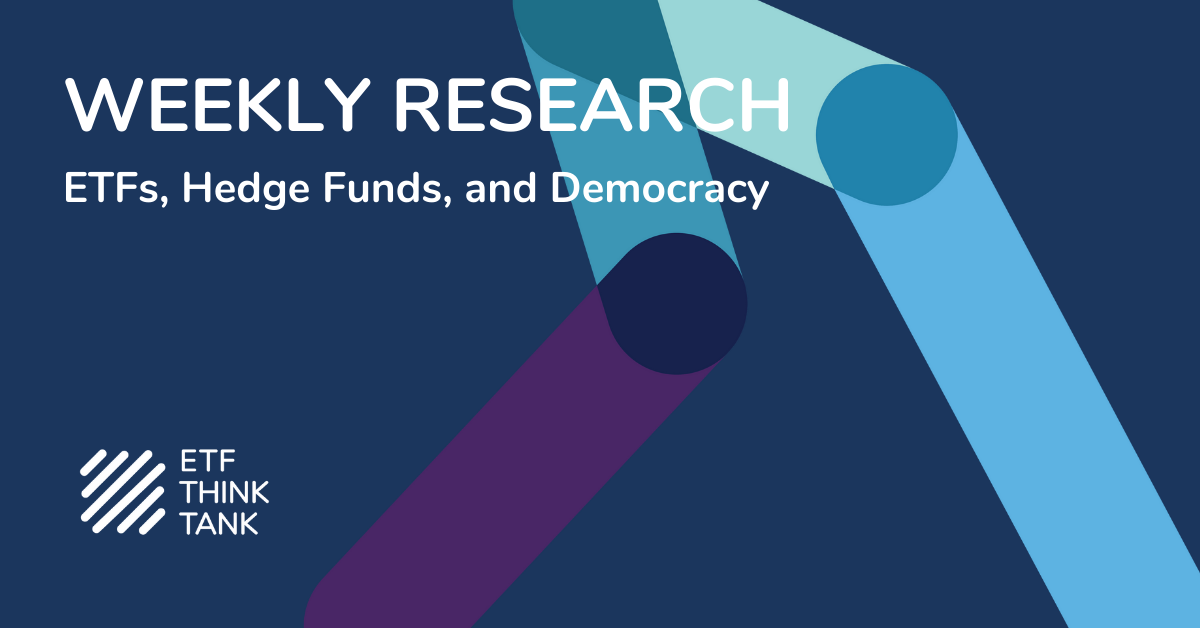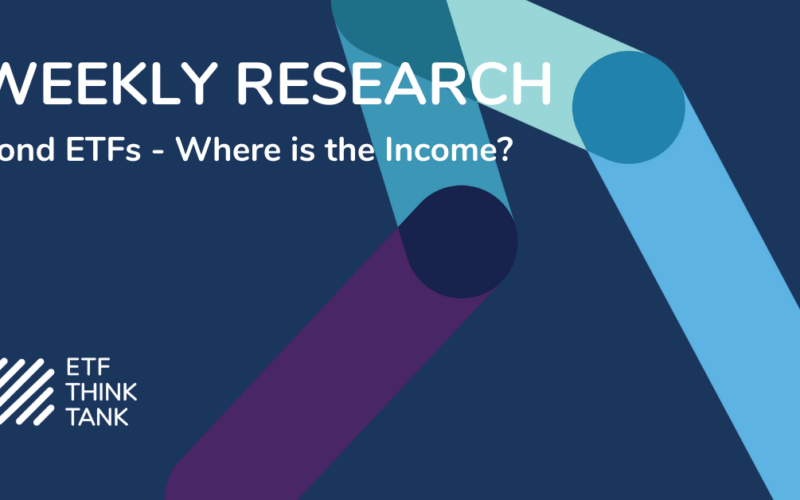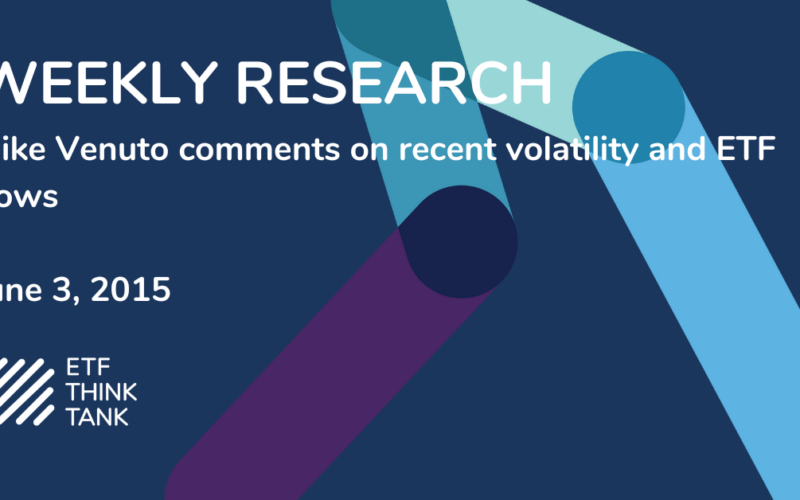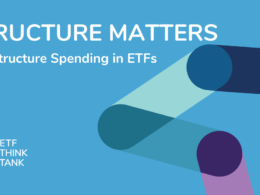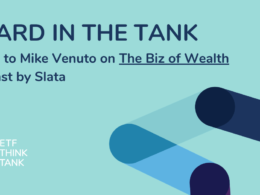This month ETFGI, a wholly independent research and consultancy firm founded Deborah Fuhr, has made headlines with their data showing that global ETP assets will soon surpass the assets held in hedge funds. The following was excerpted from their website:
“According to our analysis published on April 24th, assets in the global ETF/ETP industry reached a new record of US$2.926 trillion at the end of Q1 2015, while assets in the global hedge fund industry, according to a new report published by Hedge Fund Research (HFR), reached a record US$2.939 trillion. Assets in the ETF/ETP industry have been gaining on those invested in the hedge fund industry with the difference narrowing from US$230 billion at the end of 2013 to just US$13 billion at the end of Q1 2015.”
It is important to note that this inflection point coincides with record assets under management for WisdomTree Investments, Inc. (WETF). Today, close to 60% of WisdomTree’s assets are currency hedged products that were modeled off of established hedge fund trades. Perhaps the parity reached in the hedge fund assets to global ETP assets can be partially attributed to the role ETFs have played in democratizing exposures that have traditionally only been available to investors willing to pay a 2% management fee and 20% of their profits with 10-year lock ups.
What other hedge fund trades are now available through an ETF, and what else could be done in the future? Toroso recently took a deeper look into this emerging ETF category and here is what we found.
The Evolution of Hedge Fund Trades
First let’s review the evolution. IndexIQ and their flagship IQ Hedge Multi-Strategy Tracker ETF (QAI) deserves credit as the pioneer in the hedge fund replication landscape. It took many years but we believe the ETF is now one of the preferred alternative ETFs for many wire-house platforms and has gathered about $1 billion in assets. The irony is that the returns of hedge funds as a whole and QAI are less than exciting for investors, annualizing at around 4.2% since inception, although with reduced volatility.
This lackluster performance, when compared to the six year bull-run we are experiencing in the market now, led to a different set of hedge fund like products we call the cherry pickers. Today there are six ETFs that seek exposure to the top ideas of hedge fund managers. The goal of these products is not to replicate returns but to capture the alpha. For the most part, we believe they have worked and have produced excess returns above traditional indexes. That said, the hedging aspect used to reduce volatility is absent from most of these products. AlphaClone Alternative Alpha ETF (ALFA) is the exception; the index includes a moving average calculation that allows the ETF to take a short position on the S&P 500.

The Currency Hedge
In the introduction we noted that today 60% of the WisdomTree assets are now currency hedge. This trade or exposure has long been a darling in the hedge fund community. WisdomTree has been rewarded for democratizing this exposure with assets and last year received the biggest compliment any ETF sponsor can achieve. iShares has copied them. In January 2014 iShares launched Currency Hedged MSCI EAFE ETF (HEFA). While this kind of competition may be flattering for WisdomTree, Toroso believes the more interesting news in the currency hedged space is the new comers like Gartman Gold/Euro ETF (GEUR) from Advisorshares. This ETF allows investors to buy gold exposure while shorting the Euro. Toroso expects to see more currency/commodity paired trades in future ETFs.
Accessing Publicly Traded Hedge Funds through ETFs
Another interesting concept is to directly invest in publicly traded hedge funds through an ETF. Unfortunately this is not yet possible due to two indexing issues. Many publicly traded hedge funds have low floats due to high insider ownership, which makes them difficult to include in ETFs. The best example is Ichan Enterprises L. P. (IEP) – Carl Ichan owns close to 90% of the outstanding shares, which substantially diminishes the liquidity. The second issue is most publicly traded hedge funds use a partnership corporate structure that is excluded from most indexes because of the tax implications. So although there is not yet an ETF for this space there is an ETN that owns many of these publicly traded hedge funds. Although investors would never know it from the name, the ETRACS Wells Fargo MLP Ex-Energy ETN (FMLP) provides investors access to private equity and hedge fund partnerships. Here are the top ten index constituents as of May 11, 2015:

The Emerging Markets Opportunity
Another interesting hedge fund exposure is emerging markets. In general hedge funds have specialized in emerging markets to capitalize on growth and inefficiencies. An interesting subset, for which Tiger Global Management is a known investor, is the emerging market online consumer. Many hedge funds have been early investors in companies like JD.Com Inc. (JD) and Alibaba Group Holding Ltd (BABA). The Emerging Market Internet and E-commerce ETF (EMQQ) targets companies whose primary business is e-commerce or internet-related activities that generate most of their revenues in emerging market countries. Toroso sees this as a growth area because of the high return on equity and that it has less than 5% overlap to broad based emerging market ETFs like iShares MSCI Emerging Markets ETF (EEM).
The Future
So what is next? A common trade that many hedge funds are using today is too short in equal dollar amounts the leveraged long and leveraged inverse versions of an asset class they expect to be volatile. They are capitalizing on the well-documented phenomenon that in volatile environments the daily reset function of leveraged and inverse products causes erosion of principal. So for example, if hedge fund thinks financials will do well they could purchase Direxion Daily Financial 3X Bull (FAS), or if they think financials will do poorly they could purchase Direxion Daily Financial 3X Bear (FAZ). By shorting both in equal amounts a third opinion can be expressed: “financials will be volatile.”
This trade has become very popular with hedge funds because it is more efficient than the traditional option straddles that are used to express volatility opinions. However, there are number of drawbacks to the trade. First the pair will lose money in a low volatility trending market. In addition, there are two structural issues; there can be high borrowing cost to short the ETFs and the trading and tax consequences of keeping the exposure balanced can be cumbersome. These two structural issues could be mitigated by placing and maintaining this pair’s trade in an ETF structure. The scale of the ETF structure and the relationship sponsors have with liquidity providers should reduce the borrowing and transaction costs, and the rebalancing process with authorized participants should reduce the tax consequences. This would give ETF investors the ability to express volatility opinions just like hedge funds, but more efficiently.
Investment Flexibility Will Grow
Toroso is excited to watch the success of ETFs grow while democratizing exposure traditionally only available to hedge funds. We believe there is much more to come in this transparent and tax efficient structure.
Disclosure
All investments involve risk, including possible loss of principal.
This material is provided for informational purposes only and should not be considered an individualized recommendation or personalized investment advice. The investment strategies mentioned may not be suitable for everyone. Each investor needs to review an investment strategy for his or her own particular situation before making any investment decision.
All expressions of opinion are subject to change without notice in reaction to shifting market conditions. Data contained herein from third party providers is obtained from what are considered reliable sources. However, its accuracy, completeness or reliability cannot be guaranteed.
Examples provided are for illustrative purposes only and not intended to be reflective of results you can expect to achieve.
The value of investments and the income from them can go down as well as up and investors may not get back the amounts originally invested, and can be affected by changes in interest rates, in exchange rates, general market conditions, political, social and economic developments and other variable factors. Investment involves risks including but not limited to, possible delays in payments and loss of income or capital. Neither Toroso nor any of its affiliates guarantees any rate of return or the return of capital invested. This commentary material is available for informational purposes only and nothing herein constitutes an offer to sell or a solicitation of an offer to buy any security and nothing herein should be construed as such. All investment strategies and investments involve risk of loss, including the possible loss of all amounts invested, and nothing herein should be construed as a guarantee of any specific outcome or profit. While we have gathered the information presented herein from sources that we believe to be reliable, we cannot guarantee the accuracy or completeness of the information presented and the information presented should not be relied upon as such. Any opinions expressed herein are our opinions and are current only as of the date of distribution, and are subject to change without notice. We disclaim any obligation to provide revised opinions in the event of changed circumstances.
The information in this material is confidential and proprietary and may not be used other than by the intended user. Neither Toroso or its affiliates or any of their officers or employees of Toroso accepts any liability whatsoever for any loss arising from any use of this material or its contents. This material may not be reproduced, distributed or published without prior written permission from Toroso. Distribution of this material may be restricted in certain jurisdictions. Any persons coming into possession of this material should seek advice for details of and observe such restrictions (if any).






